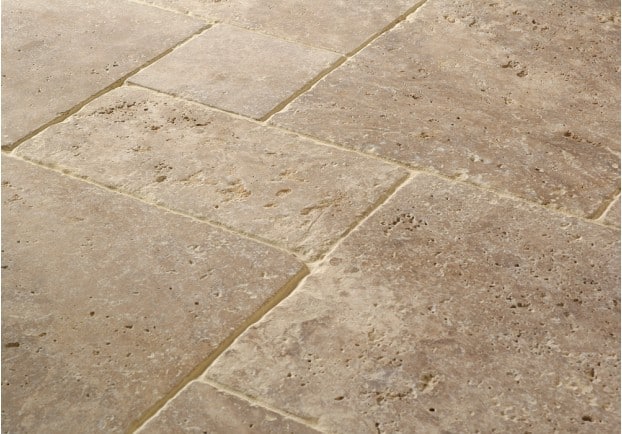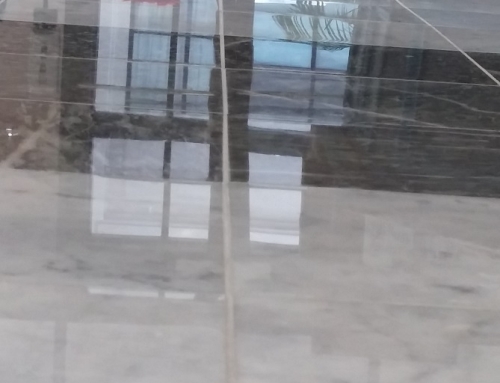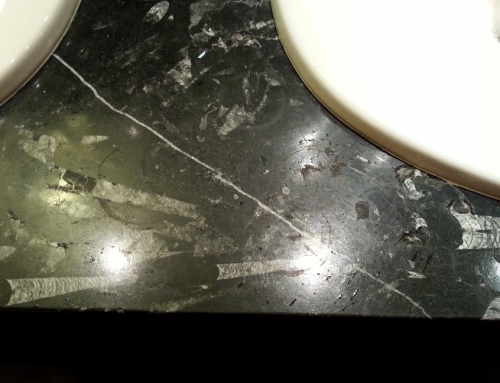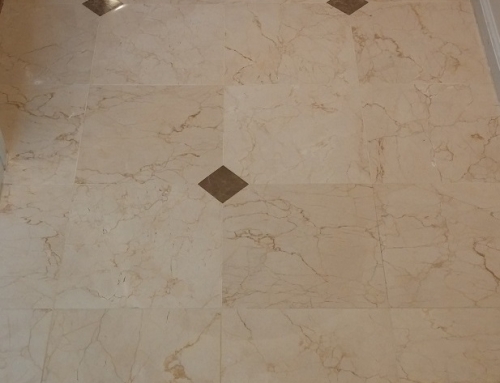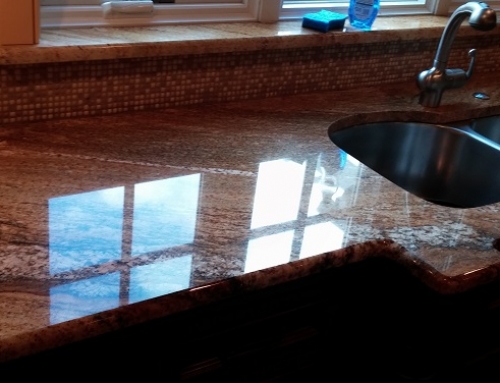Formed deep within hot springs, travertine stone has a naturally rustic appearance. Part of that appearance is due to the way that hot water vapor escaped the stone as it was forming. The vapor created bubbles in the forming stone that left behind numerous holes. Depending on how the travertine is cut into tiles, there may be dozens of holes in its surface.
Travertine tile is often sold in both filled and unfilled versions. Unfilled stones come with the holes still visible, giving the homeowner the choice of leaving them alone or filling them. If the homeowner prefers to leave the holes unfilled, there are a couple of issues that may arise through normal wear-and-tear.
The first issue is that dirt can build up in the holes and make your tile look dirty. Through regular mopping, dirt will be pushed into the holes, rather than picked up like it would on a completely solid surface. Over time, the holes will begin to appear as dark marks all over your tile and will require a professional to restore the floor to like new condition.
The second issue is that the natural holes can become bigger with normal traffic on the floor. One of the largest issues we have come across is that a woman’s high heel can easily get caught in one of the holes and create a tripping hazard.
When facing the question ‘Should I Repair the Holes in My Travertine Floor?’, consider filling only the larger holes on the floor and leaving the smaller holes unfilled. This brings additional character to the floor, but does not weaken the stone or leave areas where lots of dirt is likely to collect.
If you already have one or both of these issues with your travertine floor and would like to get it repaired, call us today to schedule your free estimate!
For additional care tips for your marble, granite, travertine, terrazzo or other natural stone and grout, please visit our Care Tips page! If you have additional questions or would like to schedule a free estimate with one of our stone care experts, please contact us today!

